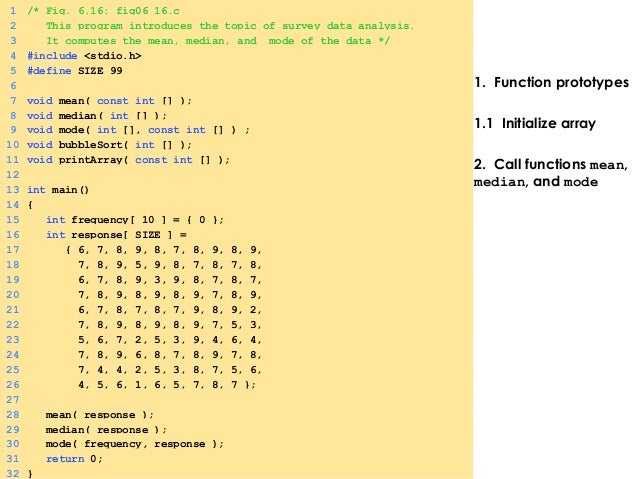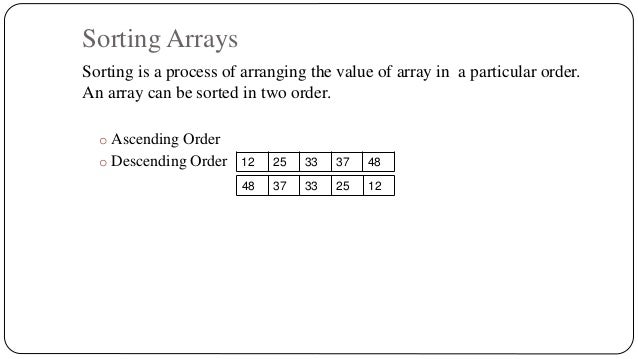


PEP 589: TypedDict: Type Hints for Dictionaries with a Fixed Set of Keys.Introducing types.GenericAlias and the ability to use standard PEP 585: Type Hinting Generics In Standard Collections.PEP 544: Protocols: Structural subtyping (static duck typing).Introducing syntax for annotating variables outside of function PEP 526: Syntax for Variable Annotations.Number of PEPs have modified and enhanced Python’s framework for type Since the initial introduction of type hints in PEP 484 and PEP 483, a Type system features, useful typing related tools and typing best Type-checker-agnostic documentation written by the community detailing (Some parts may stillīe specific to mypy.) “Static Typing with Python” Should broadly apply to most Python type checkers. The Python typing system is standardised via PEPs, so this reference They help continue program execution without breaking it.A quick overview of type hints (hosted at the mypy docs) “Type System Reference” section of the mypy docs In this article, we have learnt a couple of easy ways to avoid ValueError in our python programs that use Numpy. Since our variable is an array of strings and our array expects each element to be a string, the assignment does not happen in this case, but there is no error either. If they are the same then assignment occurs, else you get a message. Then we check if the type of variable is same as that of Numpy array. In this case, we first define an array of strings to be assigned to our original array. Print("Variable value is not the type of numpy array") So we check the data type of array before assigning values to it. But when we assign an array of strings as its second element, we get an error since Numpy expects it to be a string and not an array of strings. In this code, we create a numpy array whose each element is a string, and we also set its data type to string. # In this program we are demonstrating how mismatch Here is another example that gives you ValueError. In this approach, we check the data type of array before assigning value to its element. Np_array = numpy.array(array1, dtype=Data_type) 2. # Object Data type is accept all data-type So instead, we can set its data type to object which accommodates multiple data types. In the above example, we got an error since we assigned an int data type an array whose elements were also arrays. numpy.array( Array ,dtype = Common_DataType ) In this method, we use a data type that accepts all kinds of data. There are a couple of ways to fix this problem. This gives error since some of the array elements are arrays and not int. In the above example, we have created a multi dimensional array and then set the data type of array to int. Print(np_array)# In this program we are demonstrating how different Np_array = numpy.array(array1, dtype=Data_type) # In this program we are demonstrating how different
#Setting an array element with a sequence. code#
Here is a simple example of code that will give you ValueError.
#Setting an array element with a sequence. how to#
How to Fix ValueError: setting an array element with sequence In this article, we will learn how to fix ValueError:setting an array element with sequence This is especially true if you try to assign an array to an array item whose data type is int, str or other non-array type. This error occurs commonly when numpy tries to create an array and the data type of array is different from that of the value assigned to its items. You may see this error while Numpy library in python. While using Numpy, you may sometimes get an error saying ‘ValueError:setting an array element with a sequence’. It provides tons of mathematical functions, random number generators, linear algebra routines, and more. Numpy is a comprehensive python library that allows you to easily work with mathematical data.


 0 kommentar(er)
0 kommentar(er)
